Henry S Reuss Ice Age Visitor Center near Dundee: headquarters of northern unit of Kettle Moraine State Forest: Royalbroil, CC BY-SA 2.5, via Wikimedia Commons @ https://en.wikipedia.org/wiki/File:ReussIceAgeVisitorCenter.jpg
Note winter pack ice's extension further south than now: Hannes Grobe-Alfred Wegener Institute Polar/Marine Research-Bremerhaven, CC BY-SA 2.5, via Wikimedia Commons @ https://commons.wikimedia.org/wiki/File:Northern_icesheet-fr.png
designated as Ramsar Site #511 on 4/12/90 for importance for nesting and international spring/fall flyway: Ryan Hagerty/US Fish and Wildlife Service, Public Domain, via USFWS Digital Library @ https://digitalmedia.fws.gov/digital/collection/natdiglib/id/8993
Chippewa Moraine State Recreation Area: The Cut, CC BY 2.0, via Flickr @ https://www.flickr.com/photos/63875512@N04/6612597909/
Devil's Lake and its soaring bluffs: Robin Davies (newlow), CC BY 2.0, via Flickr @ https://www.flickr.com/photos/newlow/2942736580/
7 Hills Road, Mount Calvary, east central Wisconsin, north of Henry S Reuss Ice Age Visitor Center: Royal Broil (royal_broil), CC BY-SA 2.0, via Flickr @ https://www.flickr.com/photos/royal_broil/2578823275/
kame's distinctive conical shape: Wisconsin Department of Natural Resources, CC BY ND 2.0, via Flickr @ http://www.flickr.com/photos/widnr/6587805463/
glacial kame hovering behind cornfield: Royal Broil (royal_broil), C BY-SA 2.0, via Flickr @ http://www.flickr.com/photos/royal_broil/8265044337/
a kettle, or pothole, lake in Eagle Oak Opening State Natural Area (No.66), Waukesha County, Kettle Moraine State Forest-Southern Unit: Joshua Mayer (wackybadger), CC BY SA 2.0, via Flickr @ http://www.flickr.com/photos/wackybadger/4580685854/
bouldered moraine along Ice Age National Scenic Trail, Devil's Lake: Wisconsin Dept of Natural Resources, CC BY-ND 2.0, via Flickr @ http://www.flickr.com/photos/widnr/6550537591/.
view from Lapham Peak Unit Lookout Tower: Wisconsin Dept Natural Resources, CC BY-ND 2.0, via Flickr @ http://www.flickr.com/photos/widnr/6582429393/
Spruce Lake Bog State Natural Area: Wisconsin Dept of Natural Resources, CC BY-ND 2.0, via Flickr @ http://www.flickr.com/photos/widnr/6583098929/
Pike Lake: Michael Pereckas (Beige Alert), CC BY 2.0, via Flickr @ https://www.flickr.com/photos/beigephotos/6067301819/
Old World Wisconsin, a popular historic attraction in Kettle Moraine State Forest's Southern Unit: Randen Pederson (chefranden), CC BY 2.0, via Wikimedia Commons @ https://commons.wikimedia.org/wiki/File:OldWorldWisconsinRaspberrySchoolHouse.jpg; originally via Flickr @ http://www.flickr.com/photos/48394718@N00/272791990
Oak Opening State Natural Area (No. 229), Kettle Moraine State Forest-Southern Unit: Wisconsin Department of Natural Resources, Public Domain, via NPS Ice Age National Scenic Trail @ http://www.nps.gov/media/photo/gallery.htm?id=696BF7AA-155D-4519-3EDAA2ADA723FC33
Congressman Henry S. Reuss wrote about trailing the ice age: US House of Representatives, Public Domain, via Wikimedia Commons @ http://en.wikipedia.org/wiki/File:Henry_S._Reuss.jpg
Dalles of the St. Croix River, Interstate State Park: 123dieinafire, Public Domain, via Wikimedia Commons @ https://en.wikipedia.org/wiki/File:Dalles_Of_St_Croix.jpg
Parnell Observation Tower: Royalbroil, CC BY-SA 2.5, via Wikimedia Commons @ https://en.wikipedia.org/wiki/File:ParnellTower2007.jpg
spectacular bird's eye views from Parnell Tower: Aaron Cantleberry, CC BY ND 2.0, via Flickr @ http://www.flickr.com/photos/aaroncantleberry/5766762920/
Kettle Moraine Scenic Drive, LaGrange, Walworth County, southeastern Wisconsin: Wisconsin Dept of Natural Resources, CC BY-ND 2.0, via Flickr @ http://www.flickr.com/photos/widnr/6582434171/
1838 oil on canvas by George Catlin (July 26, 1796-December 23, 1872): Smithsonian American Art Museum, Public Domain, via Wikimedia Commons @ https://en.wikipedia.org/wiki/File:Osceola.jpg
stand of paper birch (Betula papyreus), Milwaukee River Tamarack Lowlands and Dundee Kame State Natural Area (no. 256): Joshua Mayer (wackybadger), CC BY SA 2.0, via Flickr @ https://www.flickr.com/photos/wackybadger/4596896443/
kame in Kettle Moraine State Forest: Abloe428, Public Domain, via Wikibooks @ https://en.wikibooks.org/wiki/File:Kame.jpg
Butler Lake and Flynn's Spring State Natural Area (No. 257), Kettle Moraine State Forest Northern Unit: Joshua Mayer (wackybadger), CC BY-SA 2.0, via Flickr @ https://www.flickr.com/photos/wackybadger/5563306568/


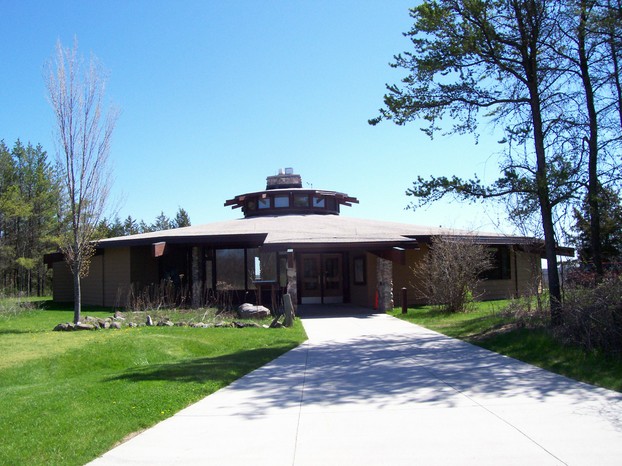
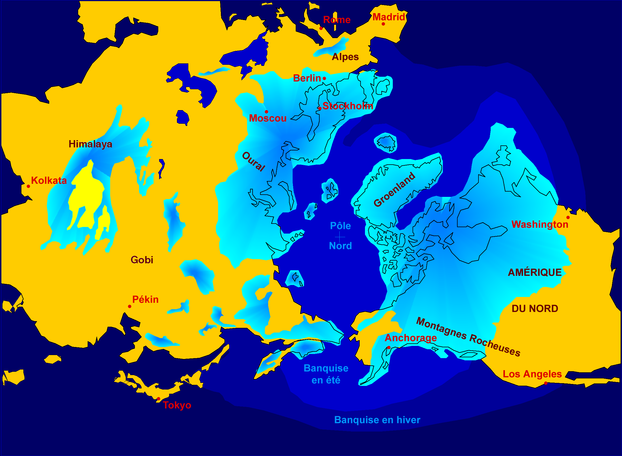
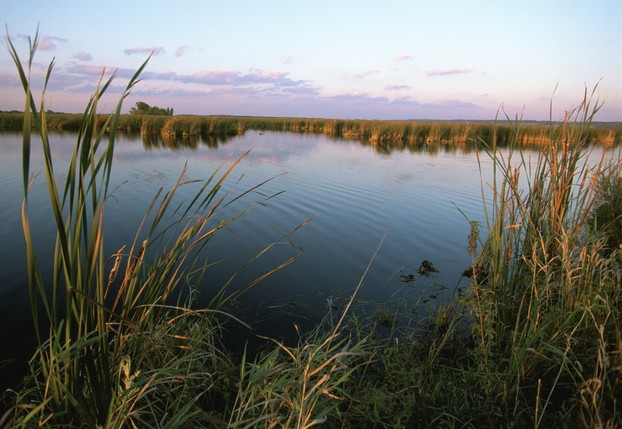
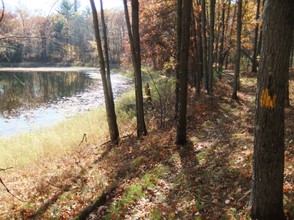
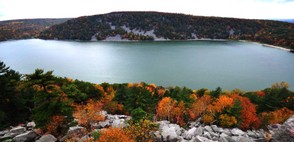
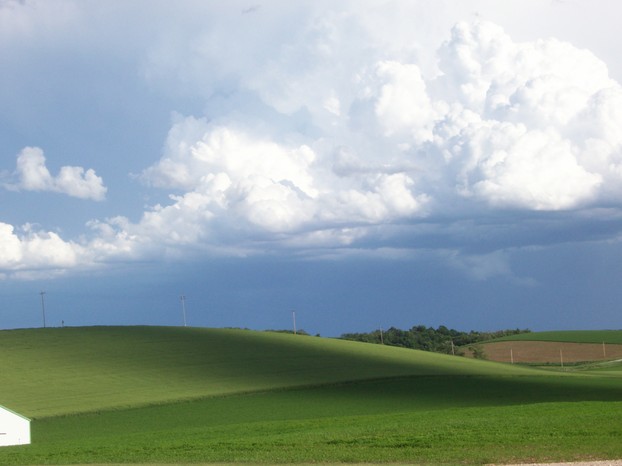
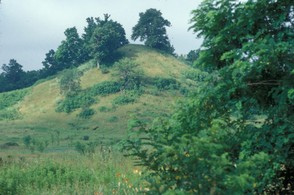
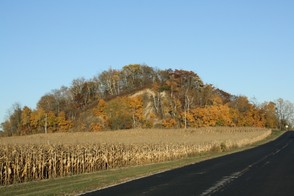
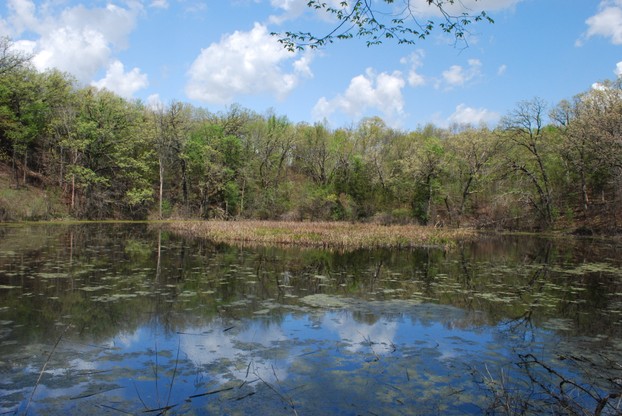
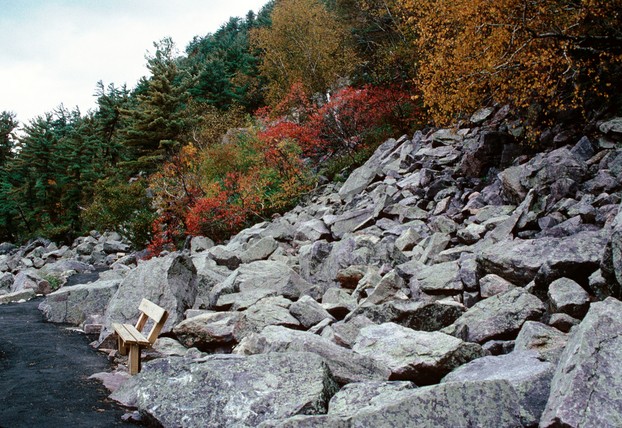
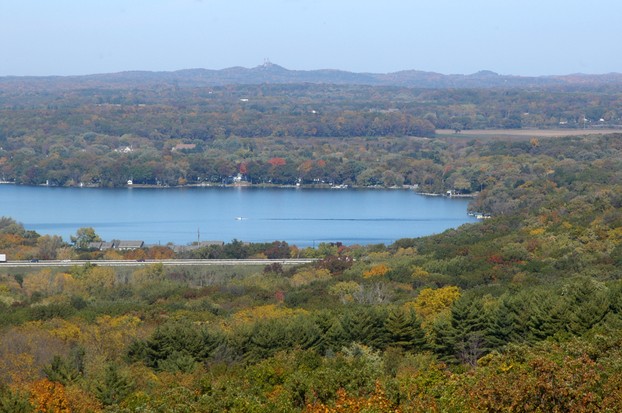
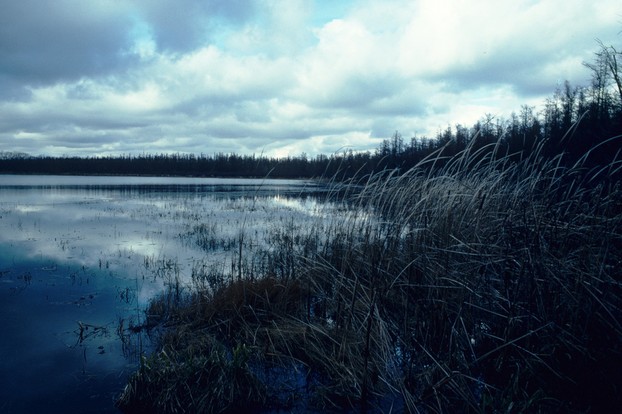
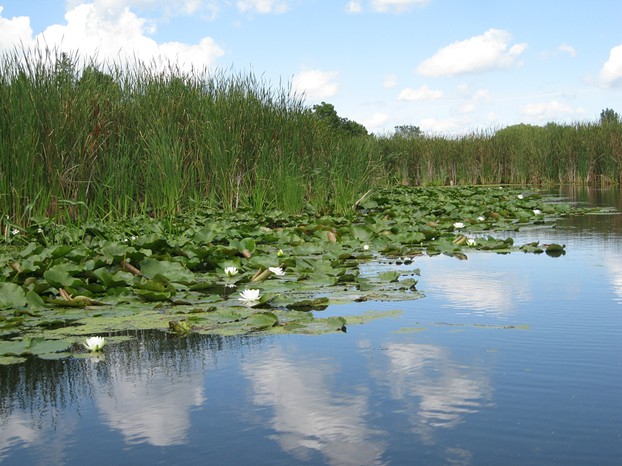
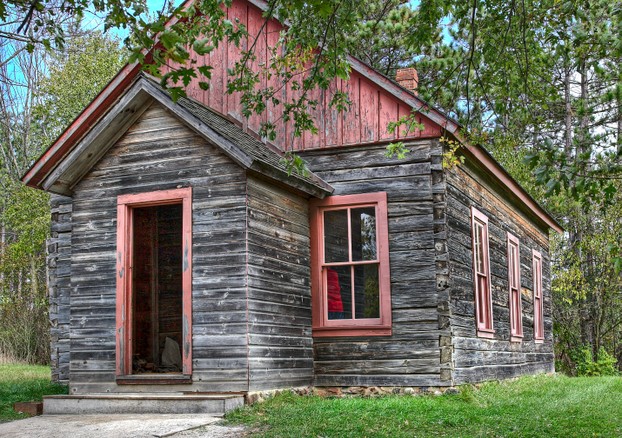
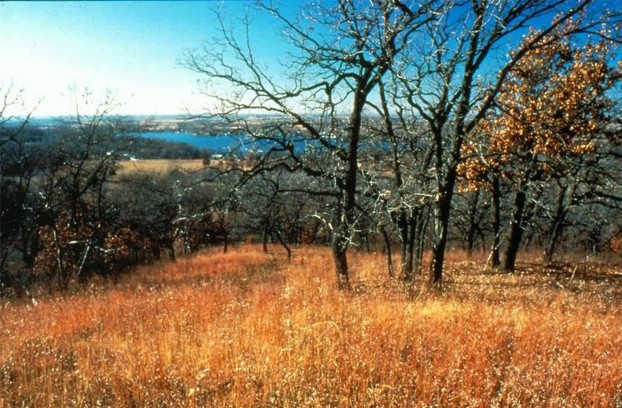

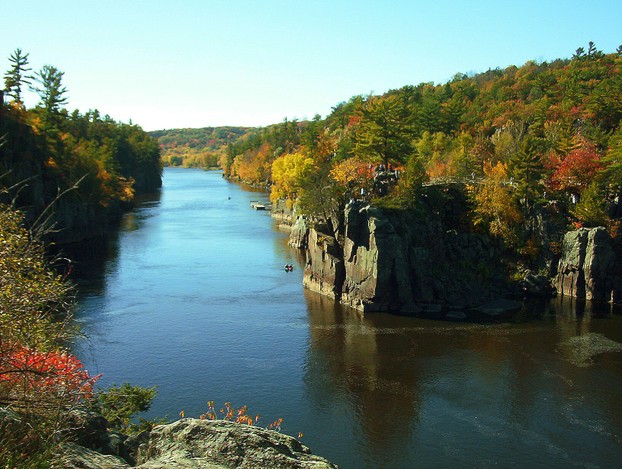
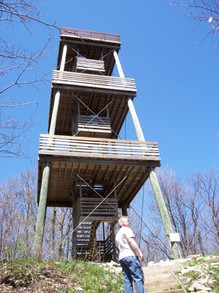
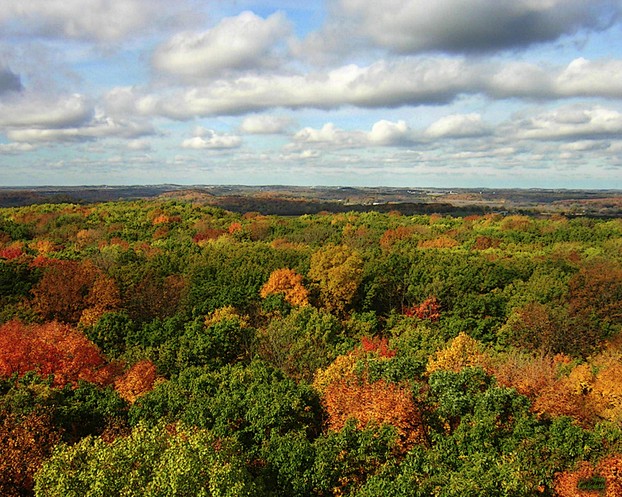
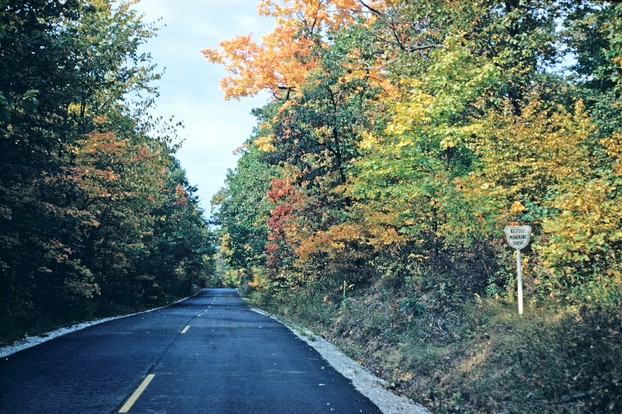
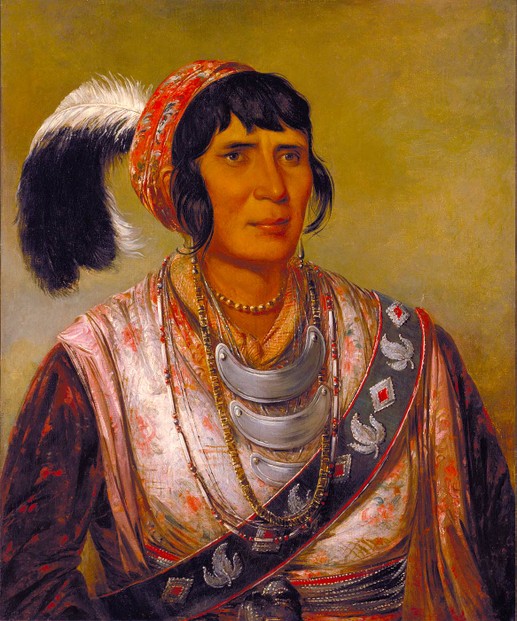
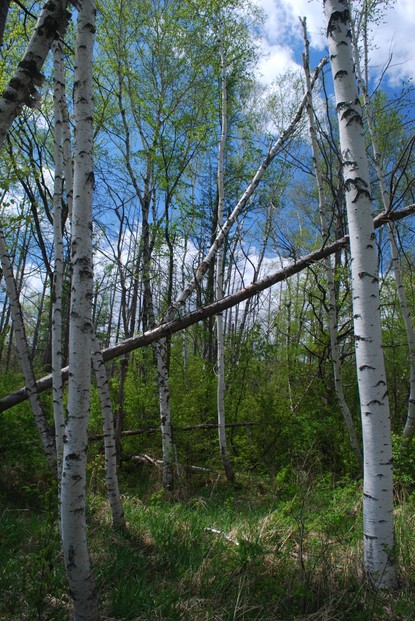
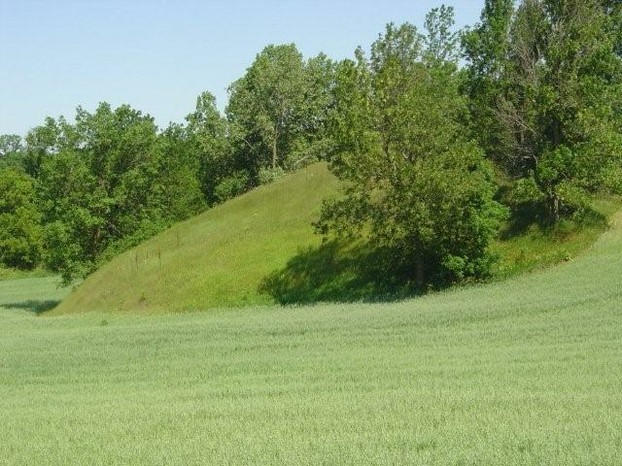
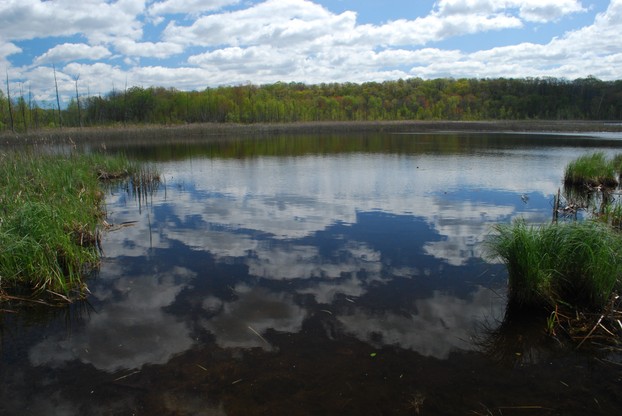




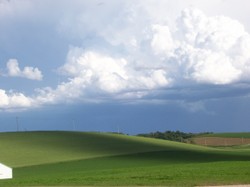

 Mailing Addresses for 2023 Form 4868 Extending 1040 and 1040SR April 15, 2024, Due Date13 days ago
Mailing Addresses for 2023 Form 4868 Extending 1040 and 1040SR April 15, 2024, Due Date13 days ago
 Mailing Addresses for 2023 Forms 1040 and 1040SR Filed in 202413 days ago
Mailing Addresses for 2023 Forms 1040 and 1040SR Filed in 202413 days ago
 Mailing Addresses for 2022 Form 4868 Extending 1040 and 1040SR April 18, 2023, Due Dateon 04/13/2023
Mailing Addresses for 2022 Form 4868 Extending 1040 and 1040SR April 18, 2023, Due Dateon 04/13/2023
 Mailing Addresses for 2022 Forms 1040 and 1040SR Filed in 2023on 04/13/2023
Mailing Addresses for 2022 Forms 1040 and 1040SR Filed in 2023on 04/13/2023

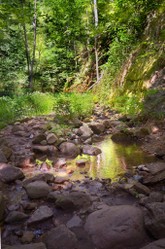
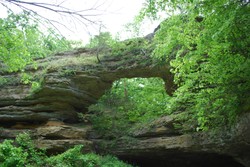
Comments